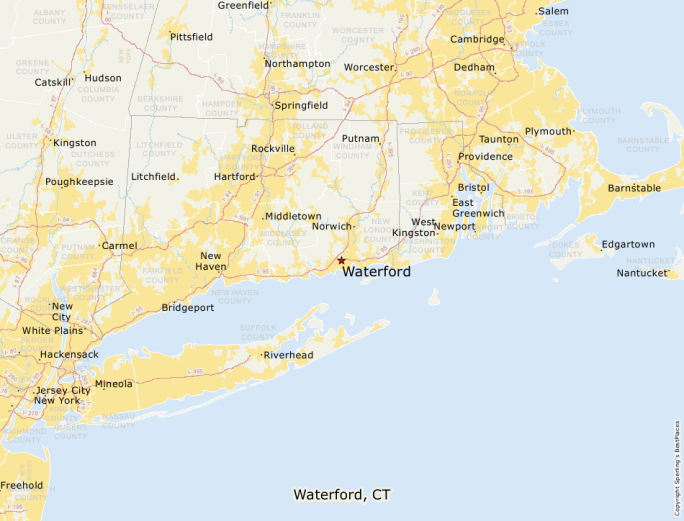10+ Herbicide Rate Secrets For Cost Savings

Herbicides are a crucial component in modern agriculture, helping to control weeds that can significantly reduce crop yields and affect the quality of the produce. However, the cost of these chemicals can be substantial, making it essential for farmers and agricultural managers to optimize their use to achieve cost savings without compromising on weed control efficacy. In this article, we will delve into the secrets of optimizing herbicide rates for cost savings, exploring the intricacies of herbicide application, the factors influencing herbicide efficacy, and strategies for minimizing costs.
Understanding Herbicide Rates

Herbicide rates refer to the amount of herbicide applied per unit area of land. The rate is usually expressed in terms of the active ingredient and is determined based on the type of weed, the growth stage of the weed, the crop being protected, and environmental conditions. The optimal herbicide rate is a balance between achieving effective weed control and minimizing unnecessary application, which can lead to increased costs and potential environmental harm.
Factors Influencing Herbicide Efficacy
Several factors can influence the efficacy of herbicides, including the type of herbicide used, the timing of application, the method of application, and environmental conditions such as temperature, humidity, and soil type. Understanding these factors is crucial for optimizing herbicide rates and achieving effective weed control at a lower cost.
| Factor | Influence on Efficacy |
|---|---|
| Type of Herbicide | Selective vs. non-selective, systemic vs. contact |
| Timing of Application | Pre-emergence, post-emergence, and the growth stage of the weed |
| Method of Application | Foliar spray, soil application, and the equipment used |
| Environmental Conditions | Temperature, humidity, soil type, and moisture levels |

Strategies for Optimizing Herbicide Rates

Optimizing herbicide rates involves a combination of proper weed identification, selecting the right herbicide, adjusting application rates based on weed density and size, and considering the use of adjuvants to enhance efficacy. Additionally, integrating cultural practices such as proper crop rotation, soil management, and mechanical weed control can reduce the reliance on chemical herbicides.
10+ Secrets for Cost Savings
Here are over 10 secrets to help farmers and agricultural managers achieve cost savings through optimized herbicide use:
- Weed Identification: Accurate identification of weed species is crucial for selecting the most effective herbicide.
- Herbicide Selection: Choose herbicides that are specifically designed for the targeted weed species and are compatible with the crop being grown.
- Application Timing: Apply herbicides at the optimal growth stage of the weed for maximum efficacy.
- Rate Adjustment: Adjust herbicide application rates based on weed density and size to minimize over-application.
- Adjuvant Use: Utilize adjuvants to enhance herbicide efficacy and reduce the required application rate.
- Crop Rotation: Implement crop rotation practices to break weed life cycles and reduce the need for herbicides.
- Soil Management: Improve soil health through proper management practices to reduce weed pressure.
- Mechanical Control: Integrate mechanical weed control methods, such as tillage, to reduce reliance on chemical herbicides.
- Scouting: Regularly scout fields to monitor weed populations and adjust herbicide applications accordingly.
- Record Keeping: Maintain detailed records of herbicide applications, including rates, timing, and efficacy, to inform future management decisions.
- Resistance Management: Implement strategies to prevent the development of herbicide-resistant weed populations, such as rotating herbicide modes of action.
Future Implications and Considerations
As the agricultural industry continues to evolve, the management of herbicide use will play a critical role in balancing weed control with environmental and economic sustainability. Future research and development are expected to focus on more targeted and efficient herbicide application technologies, such as precision agriculture and biotechnology solutions, which could further optimize herbicide rates and reduce costs.
What are the primary factors to consider when selecting an herbicide?
+The primary factors include the type of weed, the growth stage of the weed, the crop being protected, and environmental conditions such as soil type and moisture levels.
How can integrating cultural practices help in optimizing herbicide rates?
+Practices like crop rotation, soil management, and mechanical weed control can reduce weed pressure and the reliance on chemical herbicides, thereby optimizing herbicide rates and reducing costs.
What role does scouting play in herbicide rate optimization?
+Scouting allows for the monitoring of weed populations and the adjustment of herbicide applications based on actual field conditions, ensuring that herbicides are used efficiently and effectively.



